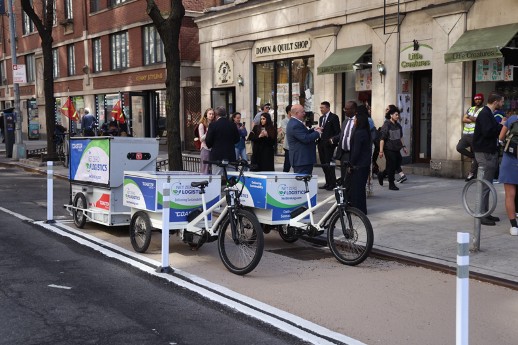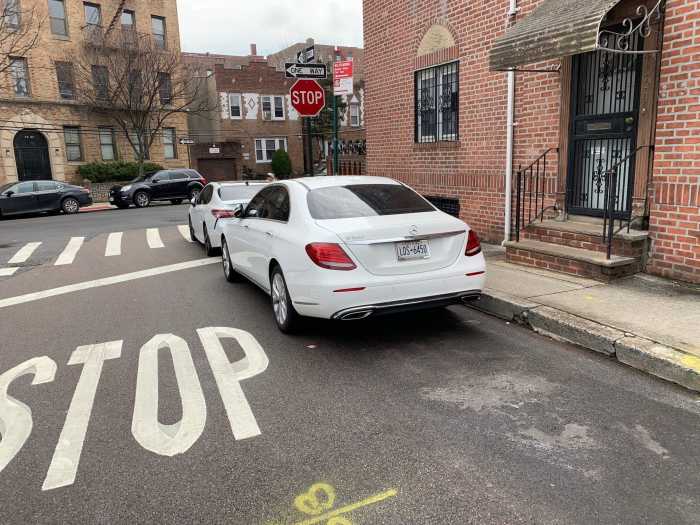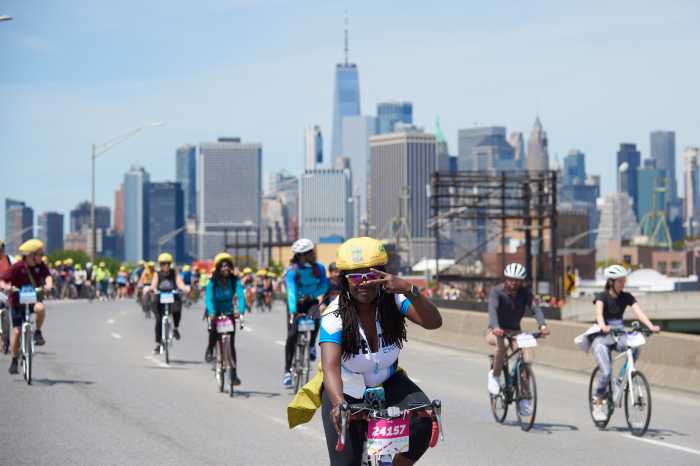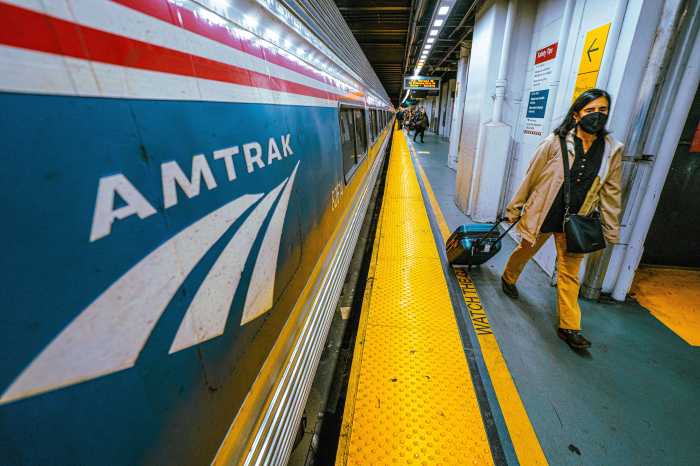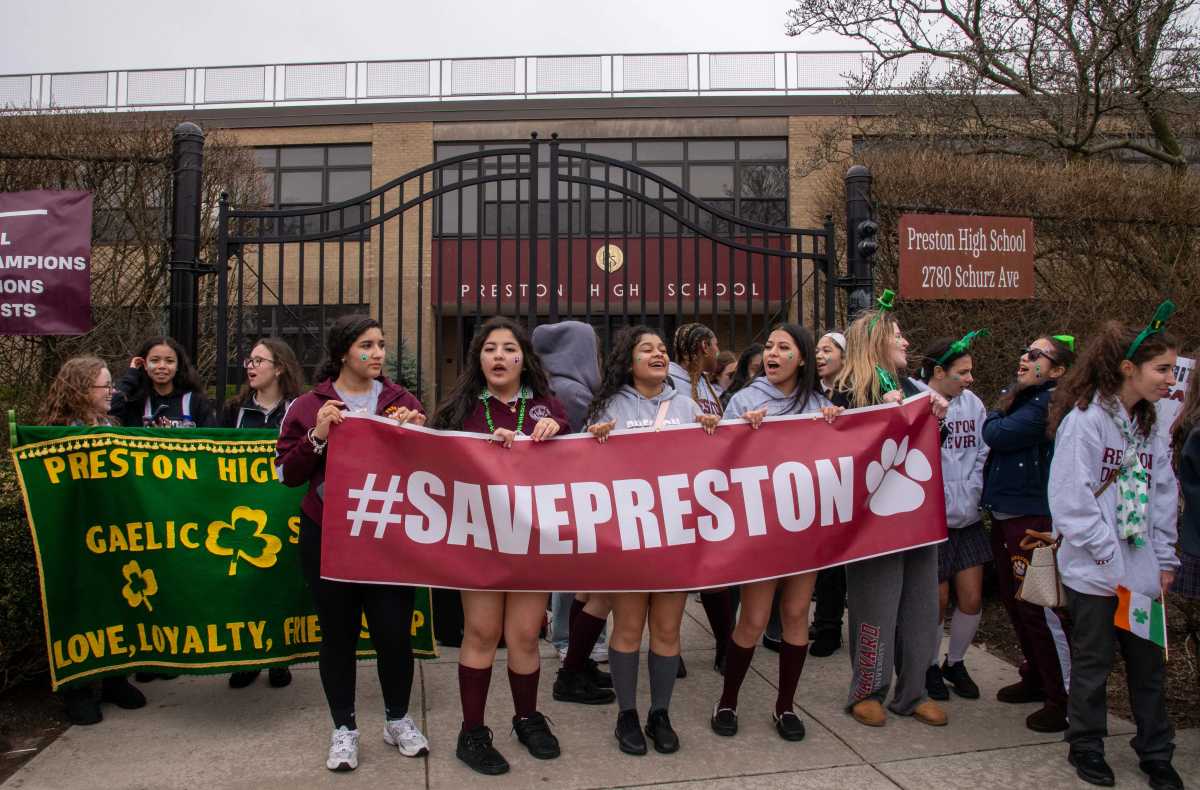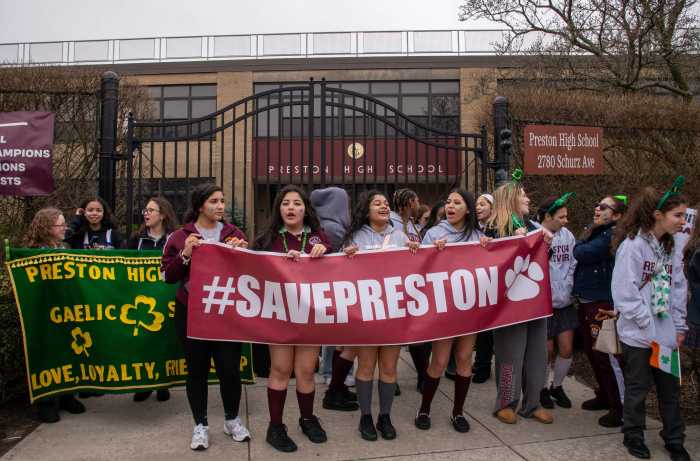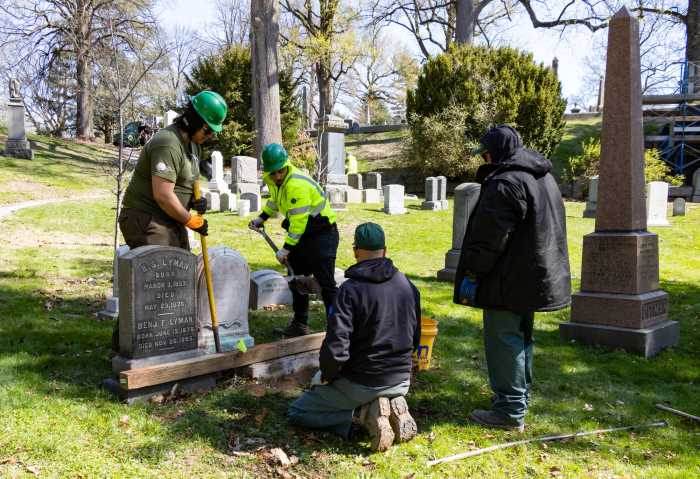
Commuters who want to preview Mayor Bill de Blasio’s proposed $2.5 billion streetcar project for Brooklyn and Queens can cross the Hudson River and check out New Jersey Transit’s Hudson-Bergen Light Rail, which rides smoothly and has triggered an economic boom since it opened in 2000.
Easy access to a clean, fast ride on New Jersey’s approximately 20-mile rail system transformed its Hudson River waterfront from desolate vacant lots to high-rise luxury condo buildings, office towers and quaint brownstone neighborhoods.
“I love it. I’m riding it today,’’ said Martin Robins, 73, former deputy executive of New Jersey Transit, who was boarding the rail at Exchange Place last week.
“We wanted a system that would transform the area,’’ said Robins, who was at the forefront of building the system from 1988 to 1994. “Look, this used to be a vacant lot. There wasn’t a hospital here before,’’ he said as the train approached Liberty Science Center.
“This is spectacular. New Yorkers don’t know about this success. Hudson County today is one of the fastest growing urban locations in the U.S. And it’s all related to the light rail,’’ said Robins.
The train, which can go as fast as 50 mph, moves along residential streets and commercial blocks at about 20 mph, said Robins. “It picks up speed when it has an exclusive right of way.’’
The light rail was a life changer for Aitana Libreros, 19, a St. Peter’s University student, who opted to stay home and study. The rail cut her travel time by almost half.
“It’s more practical and cheaper,’’ said Libreros, a political science major who gets a student discount on her $50 monthly ticket for unlimited rides across all public transportation. The rail ride, which is under 20 minutes, is “safer than the bus and smoother even in the mornings when it can get jammed,’’ she said.
Chad Palumbo, 44, of Rumson, said the desolate waterfront is a distant memory. Last week, he said he got on for the 15-minute ride from Hoboken to Jersey City for lunch.
“I felt like coming over to Hoboken because it’s an easy ride. And it’s cheaper than Uber,” he said.
At first, New Jerseyans did not want the rail, Robins said. Today it’s buzzing with business.
“Property values are going up and I don’t think people are complaining now,’’ he said, grinning.
The original cost of the rail, funded by the government, was about $2 billion, said Robins.
The $2.25 fare is based on an honor system, but passengers don’t always buy tickets. Random inspections are made and violators can be fined up to $100.
In New York, transportation visionaries and Mayor de Blasio see a similar rail system with sleek, futuristic streetcars that will connect Queens and Brooklyn neighborhoods along the East River, providing a new option to transit-poor neighborhoods ranging from Sunset Park to Astoria.
The Brooklyn-Queens Connector will offer easy hop-on, hop-off service to the Brooklyn Navy Yard, where new jobs are being created, said “Gridlock” Sam Schwartz, an engineer and consultant for the project.
“These are neighborhoods that have sorely lacked transportation,’’ said Schwartz. “People will no longer have to go into Manhattan to find jobs.’’
The system will be “the great equalizer of social classes from hipsters to housing project residents,” Schwartz added.
Unlike in New Jersey, the New York streetcar system will not be government funded, but instead privately built and maintained. Revenue from the building boom will be taxed about 2% to 4% to pay for the bond debt used to build the system, said Schwartz.
The streetcar will have its own battery, which eliminates overhanging electrical lines. Battery charging centers would be placed along the 16-mile rail line for charging boosts.



